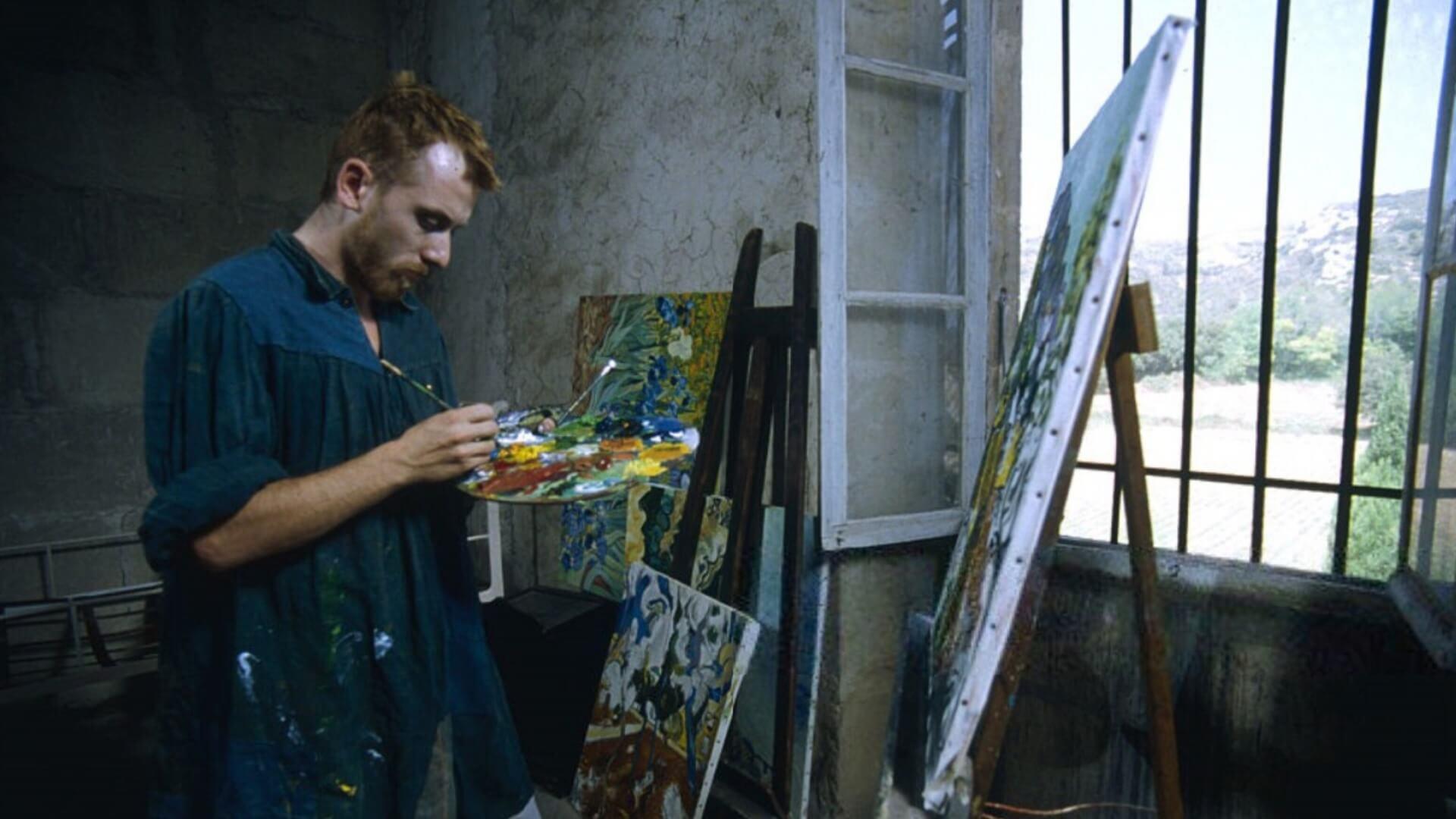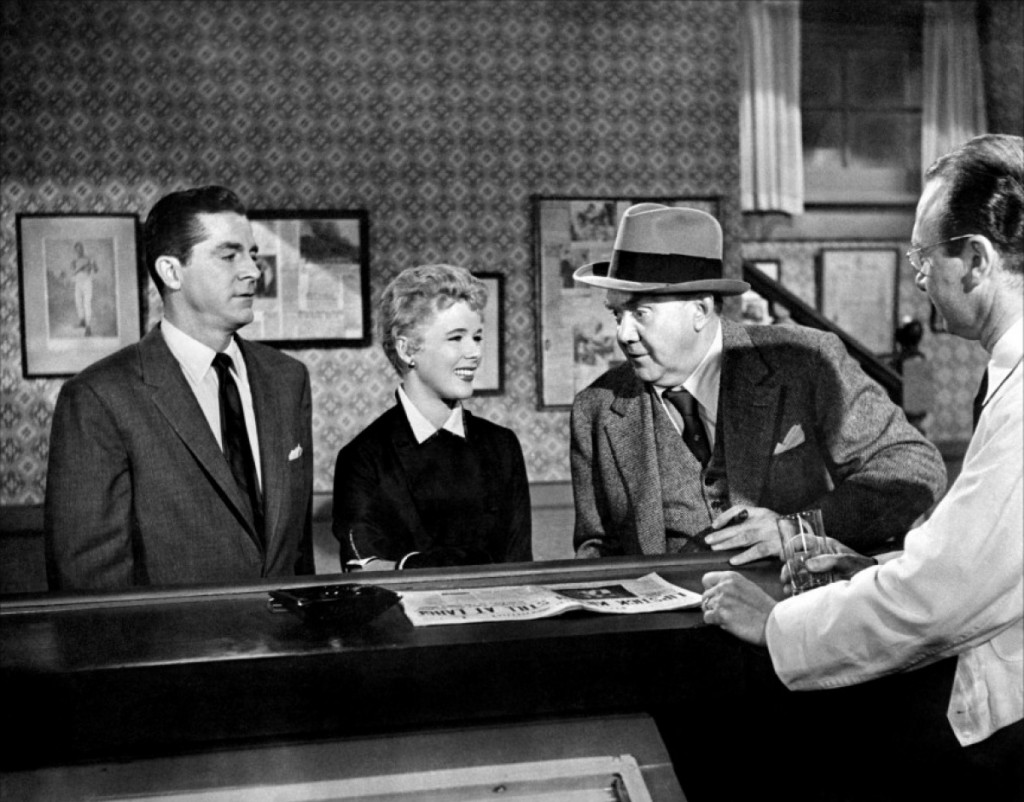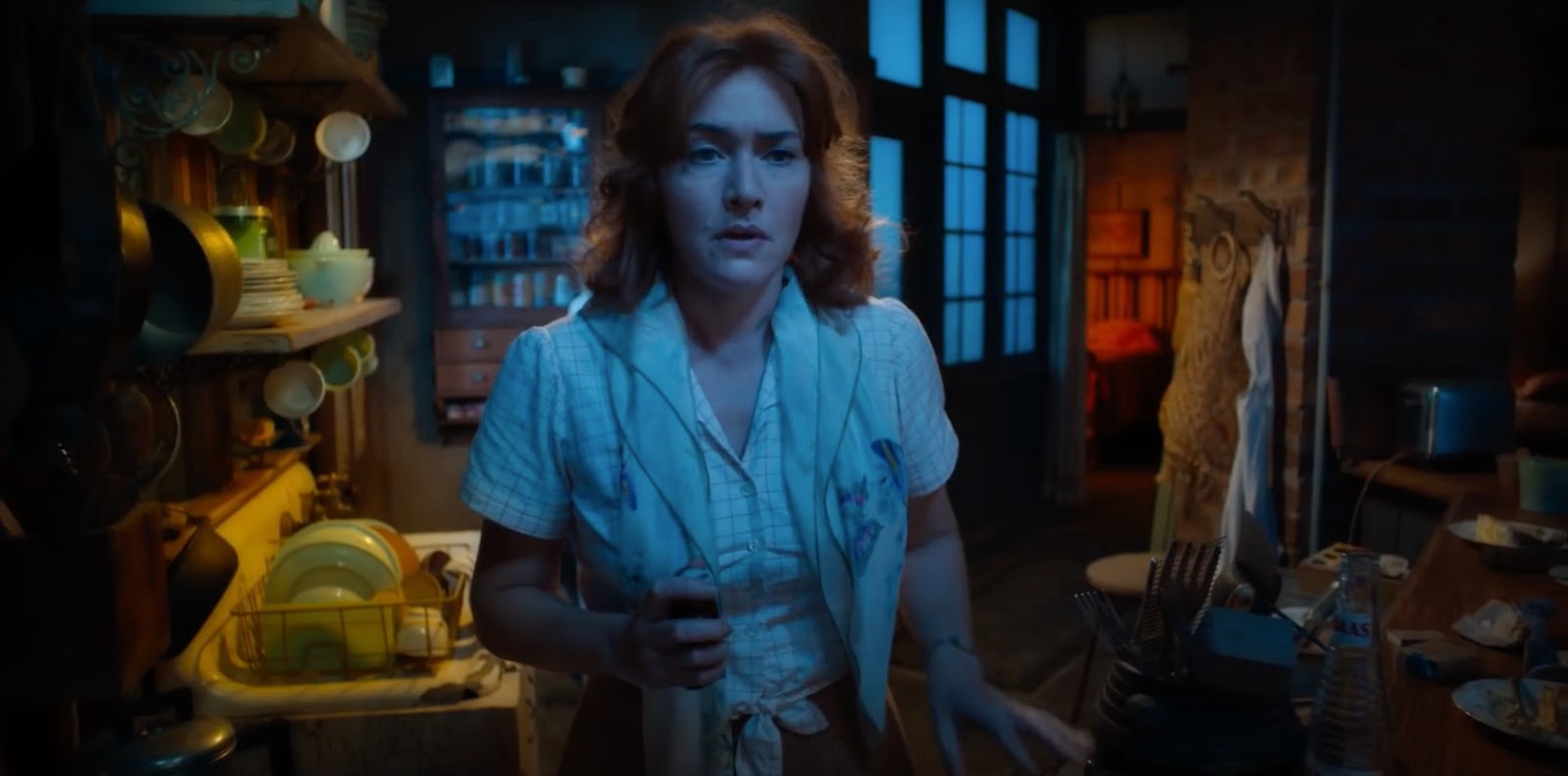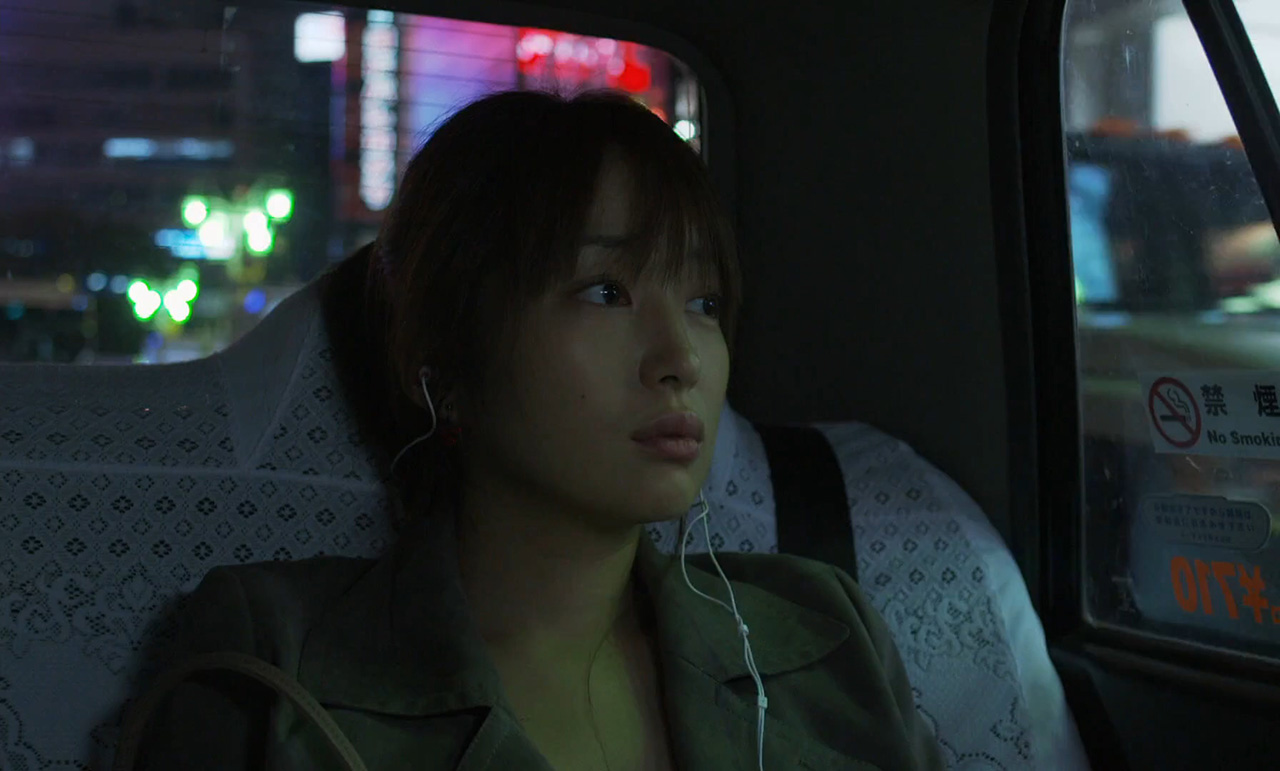6. Vincent and Theo by Robert Altman

Robert Altman’s Vincent and Theo (1990), a Van Gogh biopic originally conceived for television, is also something of an oddity in its director’s career. The black comedy and scattergun approach to plotting, familiar from MASH (1970) and Nashville (1975), are absent, to be replaced by a compelling account of Van Gogh’s descent into madness, and more particularly his relationships with Gauguin and his own brother Theo (superbly played by Paul Rhys, who manages to outshine Tim Roth in the lead role). The film is very sharp in its representation of the business of art dealing, and uses locations effectively, including some that were the actual source of Van Gogh’s paintings.
7. While The City Sleeps by Fritz Lang

By the time Fritz Lang made this potboiler, he was into the last stage of his American period and many would say his best days were behind him. But late films can be as revelatory as early works; they show a director that has refined their art to the point where its simplicity is deceptive it hides multitudes. The high concept here is that a newspaper magnate, desperate for a scoop, offers a prize to whichever of his three ace reporters can uncover the identity of the city’s latest serial killer.
When the magnate is played by Vincent Price, and his staff include Dana Andrews, George Sanders and Ida Lupino, you know you’re in for a witty, fun ride. But Lang’s examination of the thin line between justice and corruption, self-interest and public morality, is as acute and unsparing as ever, and like M (1931) before it, it feels years ahead of its time.
8. Wonder Wheel by Woody Allen

Sometimes a film slips under the radar because of ingrained prejudice towards its director, and any display of formal virtuosity therein goes unnoticed because it is not expected. This has happened twice to Woody Allen, first with Zelig (1983), in which he brilliantly fused found footage with newly-filmed live action, and more recently with Wonder Wheel (2017), which is a bravura exploration of colour and its emotional impact on a scene.
The story is pretty basic fairground huckster’s wife has affair with younger man and the performances are solid, though Kate Winslet is outstanding as the wife, easily eclipsing Cate Blanchett’s more celebrated and rather hammy turn in Blue Jasmine (2013). But it’s Allen’s work with cinematographer, Vittorio Storaro, that is the real star here, bathing each scene in lurid primary colours that mimic the bright lights of the fair, and shifting between cool and warm as the tempo of each scene slides between anger, passion, reflection and regret.
9. Ghosts of Mars by John Carpenter

John Carpenter got arguably the worst notices of his career for Ghosts of Mars (2001), and after Escape To LA (1996), that’s saying something. Indeed, it may be telling that he has only made one feature since. True, Jason Statham’s constant sexual innuendo quickly becomes tiresome and the monsters look like rejects from a Kiss tribute band. But otherwise, it sees Carpenter returning to home territory the western, albeit on Mars with a tightly structured script that traps the viewer in a hall of mirrors where nothing is quite what it seems.
On the surface, it’s a straightforward tale of some guards sent to an outlying settlement to secure a dangerous prisoner, only to find the place crawling with possessed zombies. But look closer, and the whole film is revealed as a nest of interlinked stories all relayed by very unreliable narrators. Natasha Henstridge’s protagonist is either drugged up or absent during the key turning points of the narrative, and Carpenter uses dissolves instead of sharp cuts in the editing, to give the sense of a hazy, dreamlike perspective.
10. Like Someone In Love by Abbas Kiarostami

And finally, a last film. And like Ghosts of Mars, something of a shaggy dog story. 24 Frames followed in 2017, but had to be completed by Kiarostami’s son, so Like Someone In Love (2012) remains the final work the Iranian director finished in his lifetime. And it’s an odd kettle of fish. A plain precis of the plot how a young sex worker and old widower find solace in each other’s company doesn’t even begin to hint at the complexities of this Japanese puzzle box of a movie.
The tone is set by a beguiling opening scene, where a conversation in a cafe is rendered strange by one participant being kept defiantly off-screen. The rest of the action is, as you would expect from Kiarostami, typically languid, but it all explodes into uncharacteristic violence at the end. There is a sense that he was still breaking new ground, still searching for new approaches to narrative, a quest sadly cut short by his death.